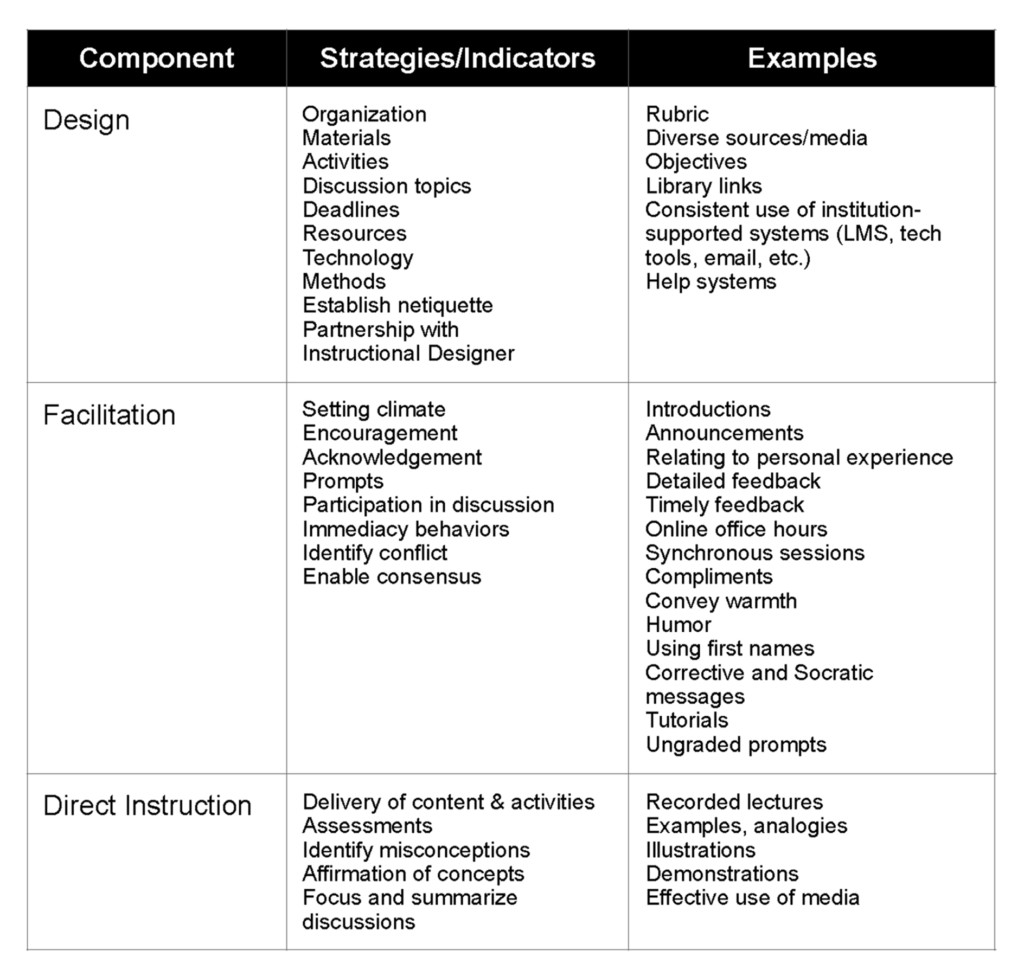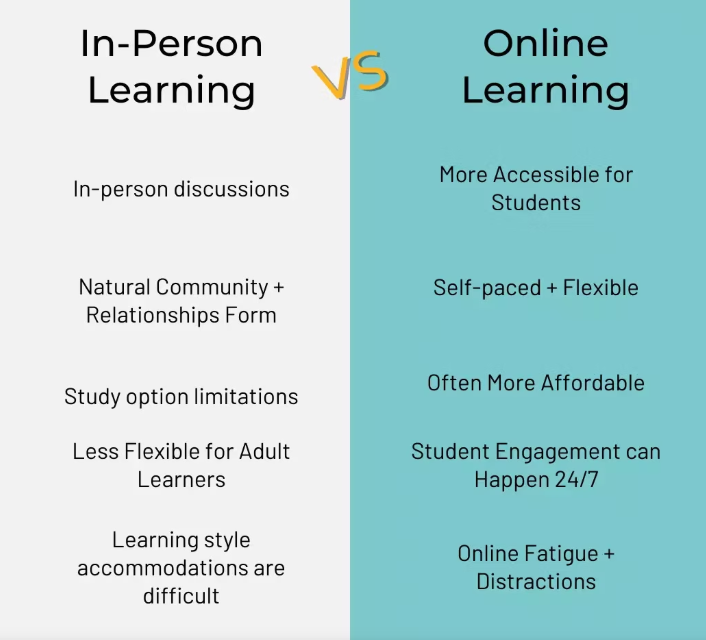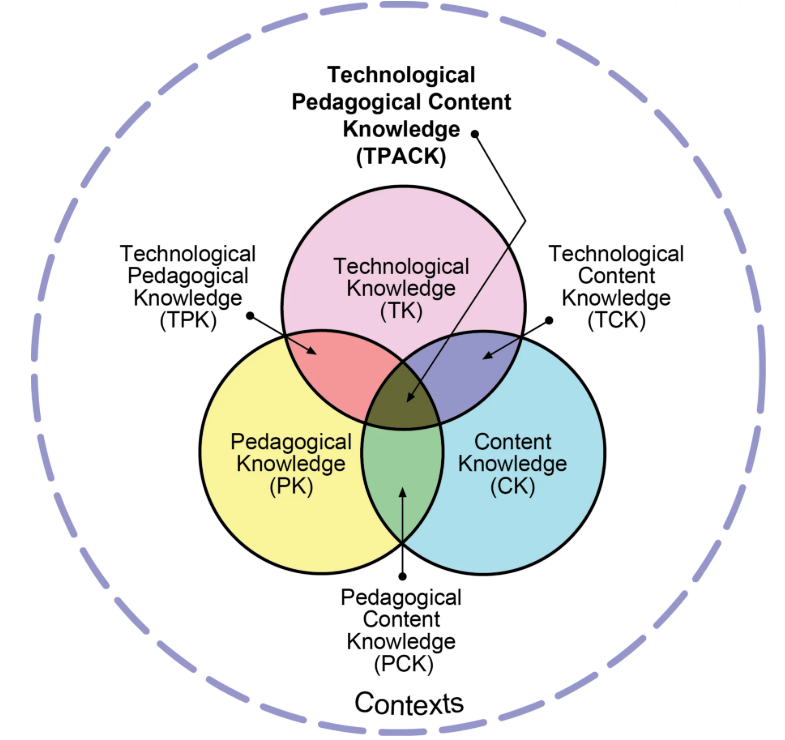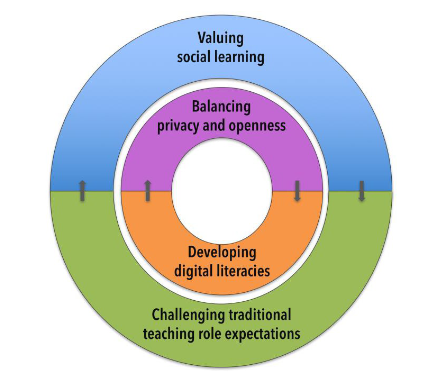Below I have compiled a list of the blog post responses I have provided my fellow classmates. Each headings acts as a link that takes you to the original post.
Response 1
Hello!
I really enjoyed reading your post and expanding my understanding around accessibility, privacy, ethics, and inclusion within the open education space. As a bit of a data nerd myself I thought it was great how you brought to attention the need for transparency of data and respect for people’s privacy. I find that when new technologies get put on the market, due to all the excitement and novelty surrounding the product, important considerations like security are often an afterthought. In reality, our personal data is one of the most sought-after commodities in the world! We must hold organizations accountable for the tools they are creating to make sure our rights to privacy and security as learners and humans remain protected.
I also love how you created three goals for yourself related to the week’s readings that you will try to uphold in your future learning. Goal setting is a great way to ensure that you are continuously making progress in a positive direction. I particularly like your second goal, to use a variety of ways to present content. It is important to find ways to engage your audience to ensure your content is reaching its desired audience.
Perhaps the one thing I would suggest to elevate your reflection is adding links to where you found your information directly in the post. I would love to dive into some of the resources a bit more and that would be a quick and easy way for me to do so.
Thank you again for your post, I appreciate your valuable insights 🙂
Response 2
Hi Mandy!
I really enjoyed reading about your experiences with teacher presence throughout your learning journey and found that many of my own experiences mirrored yours. Similarly, I have taken many online courses initially for the flexibility they offer regarding timing and participation location. However, I have also dropped them due to low engagement that caused me to lose interest in the course material itself.
Barnes’ (2016) quote, “deep knowledge of subject matter is only one piece of being a quality instructor”, as you said also deeply resonated with me. Teaching is an ability that I believe is highly under valued. It takes great patience and skill to shape the minds of the future, to guide learners to be the best, creative version of themselves. Also, if students are paying upwards of $600 per class, at UVic at least, I believe they are entitled to receive the best possible education they can. I don’t think it’s fair to be paying so much just for students to have to teach the course themselves because the instructor is either unavailable or unable to actually teach the content, as you put it.
Your post encouraged me to investigate further resources regarding teaching methodologies which led me to a resource by the University of Michigan called “Teaching Strategies”. I think you might enjoy looking into some of the perspectives the resource has to offer, they have a whole section on engaged learning which provides alternatives to the traditional “lecture and listen” learning approach. Here is the link: https://crlt.umich.edu/resources/teaching-strategies
Thank you again for your post, I appreciate your valuable insights 🙂
Response 3
Hello Mandy!
Thank you for sharing your thoughts on AI use in educational spaces, I thought your arguments were very well laid out and properly supported. My favorite part about your post was how you stressed the need to embrace AI, instead of oppose it, to allow students to interact with the technology in a meaningful way. I believe you’re absolutely correct in saying that because AI is such attractive technology, it is unrealistic to ban students from using it. Nowadays AI can literally be found everywhere. As such, educators must pivot themselves to adapt to the technology and share how it can be used in truly helpful ways. We must begin to address the question of how we can use AI to elevate our critical thinking and analysis skills.
Regarding the formatting of your post, I enjoyed how you used visual media to break up your text and used the number/bulleting function to highlight certain points in your post. Using headings is also a great way to break up content to make it more digestible to readers! You mentioned some online discourse regarding teachers expressing their concern for students heavily relying on AI, I think it would have been great if you linked some of those for reference directly in your post.
Thank you again for your post, I appreciate your valuable insights 🙂
Response 4
Hello Therese!
I really appreciated how concisely and expertly you illustrated the issue of the illusion of inclusivity in certain open and free environments. Your example of not being able to navigate a “intuitive” platform immediately is something I have also come across in various professional and academic contexts. I had an experience on a co-op where I was asked to use the JIRA Project Management Software for the first time and I had absolutely no clue how to navigate it, even though my supervisor said I’d pick it up quickly then left me to my own devices. Because the software was advertised as “easy” I felt ashamed that I wasn’t able to pick it up quickly and was too embarrassed to ask for help. These feelings, obviously, would not be helpful to anyone’s learning journey.
There is actually a field within health informatics, the areas of my undergraduate degree, that concerns itself with usability and user experience of health information systems. The focus is to ensure people using the systems are actually able to do so quickly and productively. Perhaps this is something of interest to you, here is a link if you’d like to learn more: https://www.numberanalytics.com/blog/usability-in-public-health-informatics#:~:text=Understanding%20Usability%20in%20Health%20IT&text=In%20the%20context%20of%20health,workflow%2C%20and%20overall%20user%20experience.
Thank you again for your post, I appreciate your valuable insights 🙂
Response 5
Hi Mady!
I really appreciated how you broke down connectivism into an easy-to-understand concept, summarized it through the video resource you provided, and reinforced it by tying in the concept of connectivism to our own EDCI 339 course. The organization of your post flowed really well, I liked your use of headings, multimedia, and font styles.
Networked learning is something I believe has existed pretty much forever through the use of storytelling and collaboration, however, is something rarely directly emphasized in the formal learning space. Perhaps this is due to a fear of violating academic integrity or having ideas stolen or a variety of other reasons. That being said, I find that when we can gather from a wide range of resources and bounce ideas off each other we often accomplish our best work. In some ways traditional education models are limited in their ability to generate new ideas, and these newer approaches are leading to more fruitful discussions. I found this educational resource that compares traditional and modern learning models which I thought you might be interested in. It dives into the pros and cons of both and shares a bit about the evolution of learning. Here is the link: https://www.gofillform.com/resources/blog/edu/traditional-education-vs-modern-education/
Thank you again for your post, I appreciate your valuable insights 🙂
Response 6
Hi Anna!
I enjoyed reading your take on the connectivism education strategy, especially how you related the concept to the blog post assignment in our EDCI 339 class. I agree with your point that sometimes having so much freedom in a project can actually make it feel more difficult to complete. Having structure is great for ensuring your work is meeting requirements but it can, in turn, limit creativity and ideation. Perhaps you relate but growing up, from kindergarten to grade 12 almost all of my assignments were very structured. As such, I am not used to being given so much freedom in my work. There is, however, value in both educational approaches, as you mentioned.
I’m excited to hear that you will be taking some of the learnings from this course into your journey as an educator, I have developed a similar sentiment as I go on to pursue my master’s degree. I think there is plenty of value in being able to challenge your learning style and finding value in all methodologies, even if they aren’t your first choice.
In a previous blog post response, I came across a resource I think you might also be interested in. It is by the University of Michigan, and it’s called “Teaching Strategies”. It looks at how you can incorporate more “modern” teaching approaches as opposed to the traditional “lecture and listen” approach in the classroom. Here is the link: https://crlt.umich.edu/resources/teaching-strategies
Thank you again for your post, I appreciate your valuable insights 🙂









